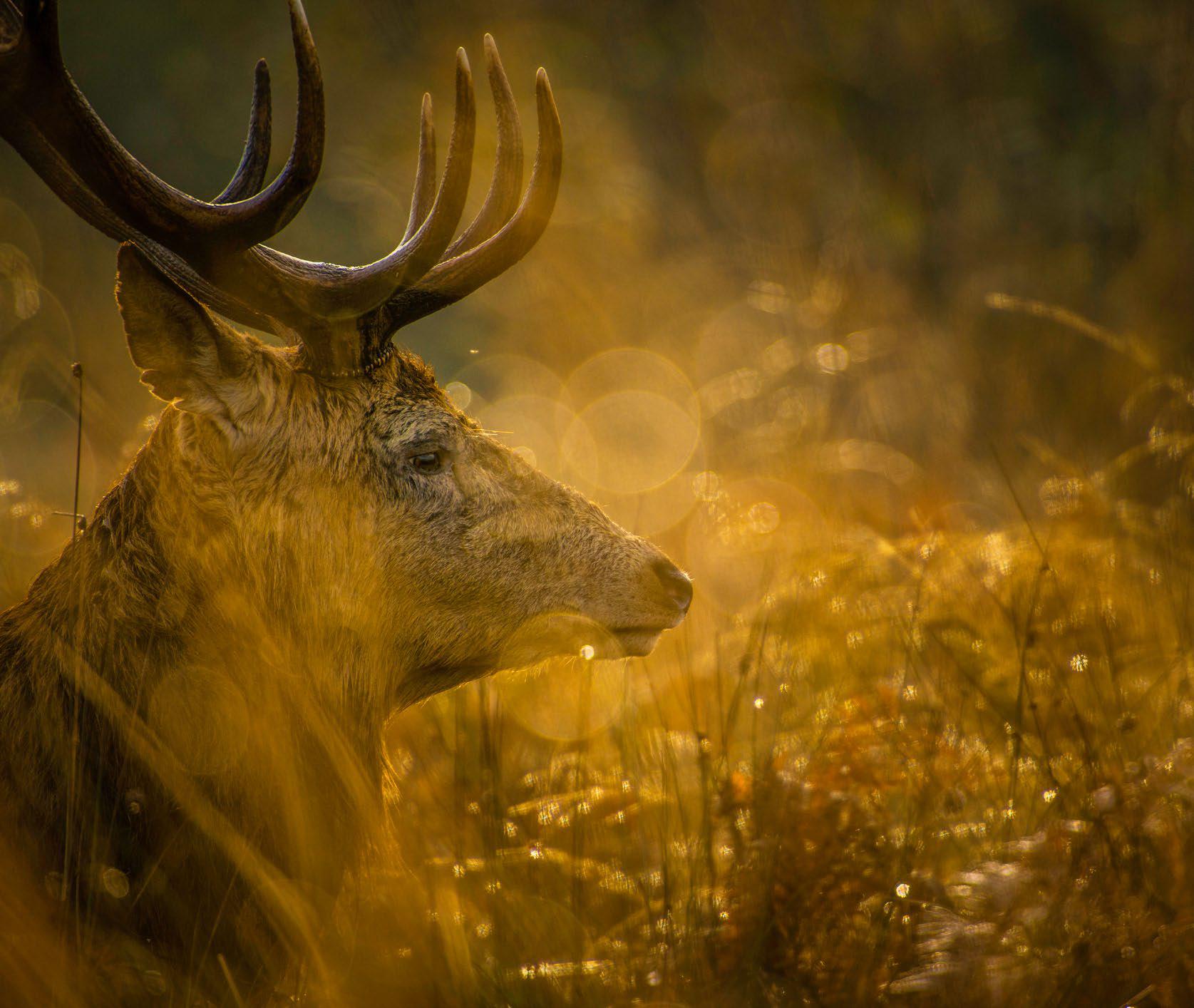
SHOOT LIKE A PRO
Top tips to help you take better photos of wildlife in the field
1 Invest in good glass
Wildlife photography is where you’ll see a huge improvement when using decent optics, so splash out on the best lenses you can buy.
2 Hire a lens
If you can’t stretch to premium glass yet, or you’re not convinced it’s worth the investment, it might be a good shout to hire an L-series lens for a weekend, and see the results for yourself.
3 Keep practising
A local duck pond is the perfect practise ground to finesse your autofocusing skills on fast-moving airborne targets as they land.
4 Do your research
Use search engines to find wildlife hides and deer parks close to you. There are all sorts of worthwhile options aside from the big zoos.
5 Get a good bird identification book
A detailed bird book can help you identify the species you’ve photographed, so it’s easier to label your shots more accurately.
Top techniques for wildlife photos
Get set up to capture fantastic animal antics with these easy-to-learn skills
6 Fast shutter speed
For fast-moving animals, such as birds in flight, you’ll want a shutter speed of at least 1/2,000 sec to stand a chance of capturing a pin-sharp shot. You can do this by opening your aperture all the way and bumping up the ISO until you have a fast enough shutter speed.
7 Continuous autofocus
この記事は PhotoPlus : The Canon Magazine の February 2023 版に掲載されています。
7 日間の Magzter GOLD 無料トライアルを開始して、何千もの厳選されたプレミアム ストーリー、9,000 以上の雑誌や新聞にアクセスしてください。
すでに購読者です ? サインイン
この記事は PhotoPlus : The Canon Magazine の February 2023 版に掲載されています。
7 日間の Magzter GOLD 無料トライアルを開始して、何千もの厳選されたプレミアム ストーリー、9,000 以上の雑誌や新聞にアクセスしてください。
すでに購読者です? サインイン
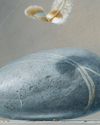
The Art of Copying Art - James Paterson shows you how to use your Canon gear to capture artwork and paintings the right way with simple camera and lighting skills
Whether you want to capture a painting like the above, digitise old prints or reproduce any kind of canvas, there's real skill in capturing artwork with your camera. Not only do you need the colours to be accurate, you also need to master the spread, angle and quality of the light to minimise glare and show the work at its best.This painting by the artist Bryan Hanlon has a wonderfully subtle colour palette. To reproduce the painting in print and digital form, it needs to be captured in the right way.

Fright night
Canon photographer and digital artist Alexander loves to craft incredible fantasy scenes with a spooky horror twist
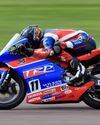
Sharpen your shots with DPP
Sharpening a digital image also increases contrast at the edge of details

CANON ImagePrograf PRO-1100
Deeper blacks, better bronzing, greater lifespan and 5G Wi-Fi -Canon's new printer is full of new tech, says
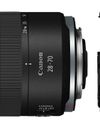
Canon's new 'kit lens' is actually a half-price f/2.8 trinity lens!
The Canon RF 28-70mm F2.8 IS STM lacks a red ring, but borrows premium features from its L-series siblings

DREW GIBSON
Pro motorsports photographer Drew on why he hasn't (yet) switched to Canon's mirrorless system, why old-school techniques can be the most reliable, and the lessons learned from more than a decade shooting the world's biggest car brands
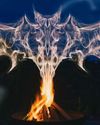
Up in smoke
Make a smoky shape in Affinity Photo and get to grips with the amazing Liquify Persona under the guidance of James Paterson

Expand your creativity with Generative Fill
Photoshop's Al-powered feature brings revolutionary new tools to image editing. James Paterson reveals all...
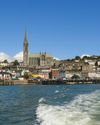
Turn your images into vintage postcards
Wish you were here? Sean McCormack explains how you can give your summer photographs a vintage postcard look
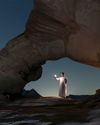
The Angel Malibu
Light painting an American movie producer in the Wadi Rum Desert in Jordan was a highly unlikely evening out for David!